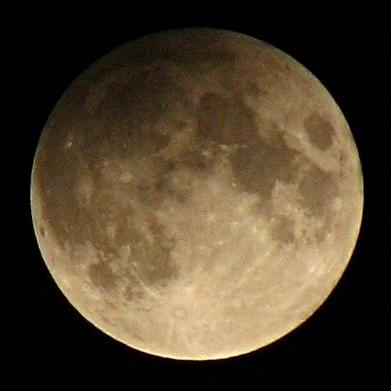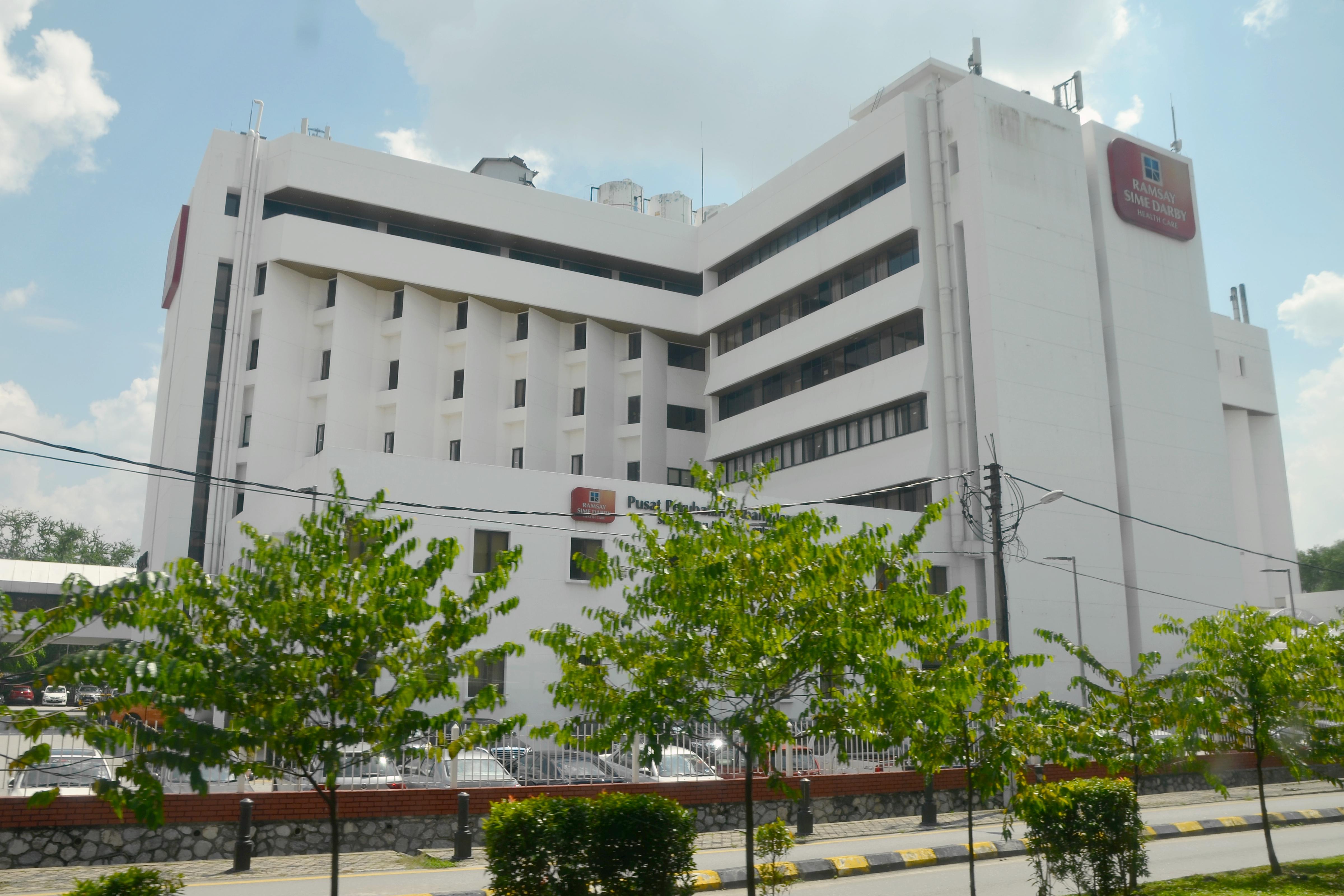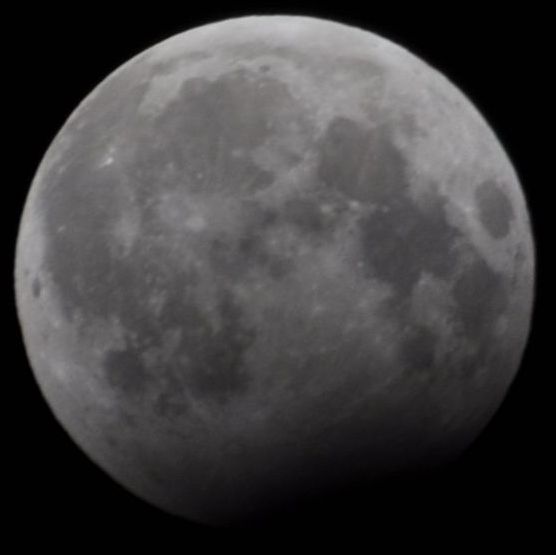|
February 2009 Lunar Eclipse
A penumbral lunar eclipse took place on Monday, 9 February 2009, the first of four lunar eclipses in 2009, and being the deepest of three penumbral eclipses. It also happened on the Lantern Festival, the first since 20 February 1989. The tables below contain detailed predictions and additional information on the Penumbral Lunar Eclipse of 9 February 2009. Eclipse Season This is the second eclipse this season. First eclipse this season: 26 January 2009 Annular Solar Eclipse Visibility The eclipse was not visible in the East coast of the United States, South America and southernmost Mexico, Western Africa and western Europe. Best visibility was expected over most of Asia, the Western US, Mexico and throughout the Pacific region. Map Photo File:9th Feb '09 (3267393627).jpg, Pune, India, 13:18 UTC File:P2092867 (3267177130).jpg, Subang Jaya, Malaysia, 14:37 UTC File:Full moon tonight with penumbral eclipse @22 46 (3266059269).jpg, Hong Kong, 14:46 UTC Relation to oth ... [...More Info...] [...Related Items...] OR: [Wikipedia] [Google] [Baidu] |
Penumbral Lunar Eclipse Feb 9 2009 NavneethC
The umbra, penumbra and antumbra are three distinct parts of a shadow, created by any light source after impinging on an Opacity (optics), opaque object. Assuming no diffraction, for a collimated beam (such as a point source) of light, only the umbra is cast. These names are most often used for the shadows cast by celestial body, celestial bodies, though they are sometimes used to describe levels, such as in sunspots. Umbra The umbra (Latin for "shadow") is the innermost and darkest part of a shadow, where the light source is completely blocked by the occluding body. An observer within the umbra experiences a total eclipse. The umbra of a round body occluding a round light source forms a cone, right circular cone. When viewed from the cone's apex (geometry), apex, the two bodies angular diameter, appear the same size. The lunar distance (astronomy), distance from the Moon to the apex of its umbra is roughly equal to that between the Moon and Earth: . Since Earth's diameter i ... [...More Info...] [...Related Items...] OR: [Wikipedia] [Google] [Baidu] |
Subang Jaya, Malaysia
Subang Jaya is a city in Petaling District, Selangor, Malaysia. It comprises the southern third district of Petaling. It consists of the neighbourhoods from SS12 to SS19, UEP Subang Jaya (USJ), Putra Heights, Batu Tiga as well as PJS7, PJS9 and PJS11 of Bandar Sunway, the latter of which are partially jurisdictional within Petaling Jaya under the MBPJ. The city is governed by Subang Jaya City Council (MBSJ), which also governs other areas of the Petaling district, such as Puchong and Seri Kembangan. According to Subang Jaya City Council, Subang Jaya has a population of 642,100 in 2015, which makes it the sixth largest city in Malaysia by population. History Before 1974, what is today Subang Jaya was part of Klang District. Development on Subang Jaya began on 21 February 1976 and was concluded in 1988 by Sime UEP Properties Berhad, the property development arm of the Malaysian conglomerate Sime Darby. The site was formerly a rubber plantation called Seafield Estate under the m ... [...More Info...] [...Related Items...] OR: [Wikipedia] [Google] [Baidu] |
List Of 21st-century Lunar Eclipses
There will be 230 lunar eclipses in the 21st century (2001–2100): 87 penumbral, 58 partial and 85 total. Eclipses are listed in sets by lunar years, repeating every 12 months for each node. Ascending node eclipses are given a red background highlight. See also: List of lunar eclipses, List of 20th-century lunar eclipses, and List of 22nd-century lunar eclipses List of lunar eclipses between 1998 and 2100 Eclipses from August 1998 are included to complete the first eclipse set. References This list was compiled with data calculated by Fred Espenak of NASA's GSFC. {{DEFAULTSORT:21st-Century Lunar Eclipses * Lunar eclipses Lunar eclipses A lunar eclipse occurs when the Moon moves into the Earth's shadow. Such alignment occurs during an eclipse season, approximately every six months, during the full moon phase, when the Moon's orbital plane is closest to the plane of the Earth ... 21 Science timelines Lunar eclipses by time ... [...More Info...] [...Related Items...] OR: [Wikipedia] [Google] [Baidu] |
List Of Lunar Eclipses
There are several lists of lunar eclipses On the Moon, by the Earth ; Type * List of central lunar eclipses * Total penumbral lunar eclipse ; Classification * List of saros series for lunar eclipses * Tetrad (astronomy) contains lists of tetrads in the late-20th and 21st centuries ; By era * Lunar eclipses by century * Historically significant lunar eclipses Historically significant lunar eclipses are eclipses of the Moon that are mentioned in historical accounts in connection with a significant event. Lunar eclipses are somewhat rare events, although not as rare as solar eclipses, because unlike sol ... On Earth, by the Moon {{DEFAULTSORT:Lunar eclipses ... [...More Info...] [...Related Items...] OR: [Wikipedia] [Google] [Baidu] |
SE2018Feb15P
SE, Se, or Sé may refer to: Arts and entertainment * ''Sé'' (album), by Lúnasa, 2006 * Se (instrument), a traditional Chinese musical instrument Businesses and organizations * Sea Ltd (NYSE: SE), tech conglomerate headquartered in Singapore * Slovenské elektrárne, electric utility company in Slovakia * Societas Europaea, a European Union public company * XL Airways France, IATA airline designator SE * Southeastern (train operating company), or SE Trains Limited, in England Places * Sè, Atlantique, Benin * Sè, Mono, Benin * Subprefecture of Sé, São Paulo, Brazil **Sé (district of São Paulo) **Sé (São Paulo Metro), a station * Sé, Hungary *Sé, Macau * Sé (Angra do Heroísmo), Terceira, Azores, Portugal *Sé (Braga), Portugal *Sé (Bragança), Faro, Portugal *Sé (Funchal), Madeira, Portugal *Sé, Lamego, Portugal * Sé (Lisbon), Portugal *Sé, Portalegre, Portugal *Sé (Porto), Portugal * SE postcode area, London, England * Sergipe (SE), a state of Brazil * S ... [...More Info...] [...Related Items...] OR: [Wikipedia] [Google] [Baidu] |
SE2000Feb05P
SE, Se, or Sé may refer to: Arts and entertainment * ''Sé'' (album), by Lúnasa, 2006 * Se (instrument), a traditional Chinese musical instrument Businesses and organizations * Sea Ltd (NYSE: SE), tech conglomerate headquartered in Singapore * Slovenské elektrárne, electric utility company in Slovakia * Societas Europaea, a European Union public company * XL Airways France, IATA airline designator SE * Southeastern (train operating company), or SE Trains Limited, in England Places * Sè, Atlantique, Benin * Sè, Mono, Benin *Subprefecture of Sé, São Paulo, Brazil **Sé (district of São Paulo) **Sé (São Paulo Metro), a station *Sé, Hungary *Sé, Macau *Sé (Angra do Heroísmo), Terceira, Azores, Portugal *Sé (Braga), Portugal *Sé (Bragança), Faro, Portugal * Sé (Funchal), Madeira, Portugal *Sé, Lamego, Portugal *Sé (Lisbon), Portugal *Sé, Portalegre, Portugal * Sé (Porto), Portugal * SE postcode area, London, England * Sergipe (SE), a state of Brazil * Swe ... [...More Info...] [...Related Items...] OR: [Wikipedia] [Google] [Baidu] |
Solar Eclipse Of February 15, 2018
A partial solar eclipse took place on February 15, 2018. A solar eclipse occurs when the Moon passes between Earth and the Sun, thereby totally or partly obscuring the image of the Sun for a viewer on Earth. A partial solar eclipse occurs in the polar regions of the Earth when the center of the Moon's shadow misses the Earth. The eclipse took place before sunset in the Southern Cone of South America. Images Gallery File:Eclipse Solar Parcial - 15.02.2018 - Secuencia - Olivos, GBA (Argentina).png, Time lapse images as viewed from Olivos, Buenos Aires, Argentina File:Eclipse en Ramos Mejía, 15-02-2018.jpg, From Ramos Mejía Ramos Mejía is a Town in La Matanza Partido, Buenos Aires Province, Argentina. The town has an area of and a population of 98,547. The city is one of the largest commercial districts in the Western Zone of Greater Buenos Aires. History The l ..., Argentina, 22:13 UTC Related eclipses Eclipses of 2018 * A total lunar eclipse on January 31 ... [...More Info...] [...Related Items...] OR: [Wikipedia] [Google] [Baidu] |
Solar Eclipse Of February 5, 2000
A partial solar eclipse occurred on February 5, 2000. A solar eclipse occurs when the Moon passes between Earth and the Sun, thereby totally or partly obscuring the image of the Sun for a viewer on Earth. A partial solar eclipse occurs in the polar regions of the Earth when the center of the Moon's shadow misses the Earth. It was only visible over Antarctica Antarctica () is Earth's southernmost and least-populated continent. Situated almost entirely south of the Antarctic Circle and surrounded by the Southern Ocean, it contains the geographic South Pole. Antarctica is the fifth-largest contine .... Images Related eclipses Eclipses of 2000 * A total lunar eclipse on January 21. * A partial solar eclipse on February 5. * A partial solar eclipse on July 1. * A total lunar eclipse on July 16. * A partial solar eclipse on July 31. * A partial solar eclipse on December 25. Solar eclipses 1997–2000 Saros 150 It is a part of Saros cycle 150, repeating every 1 ... [...More Info...] [...Related Items...] OR: [Wikipedia] [Google] [Baidu] |
Solar Saros 150
Saros cycle series 150 for solar eclipse A solar eclipse occurs when the Moon passes between Earth and the Sun, thereby obscuring the view of the Sun from a small part of the Earth, totally or partially. Such an alignment occurs during an eclipse season, approximately every six month ...s occurs at the Moon's descending node, repeating every 18 years, 11 days, containing 71 events. All eclipses in this series occurs at the Moon's descending node. This solar saros is linked to Lunar Saros 143. Saros 150 Saros 150 It is a part of Saros cycle 150, repeating every 18 years, 11 days, containing 71 events. The series started with partial solar eclipse on August 24, 1729. It contains annular eclipses from April 22, 2126 through June 22, 2829. There are no total eclipses in this series. The series ends at member 71 as a partial eclipse on September 29, 2991. The longest duration of annularity will be 9 minutes, 58 seconds on December 19, 2522. Umbral eclipses Umbral eclipses (a ... [...More Info...] [...Related Items...] OR: [Wikipedia] [Google] [Baidu] |
Saros (astronomy)
The saros () is a period of exactly 223 synodic months, approximately 6585.3211 days, or 18 years, 10, 11, or 12 days (depending on the number of leap years), and 8 hours, that can be used to predict eclipses of the Sun and Moon. One saros period after an eclipse, the Sun, Earth, and Moon return to approximately the same relative geometry, a near straight line, and a nearly identical eclipse will occur, in what is referred to as an eclipse cycle. A sar is one half of a saros. A series of eclipses that are separated by one saros is called a ''saros series''. It corresponds to: *6,585.321347 solar days *18.029 years *223 synodic months *241.999 draconic months *18.999 eclipse years (38 eclipse seasons) *238.992 anomalistic months The 19 eclipse years means that if there is a solar eclipse (or lunar eclipse), then after one saros a new moon will take place at the same node of the orbit of the Moon, and under these circumstances another eclipse can occur. History The earliest disco ... [...More Info...] [...Related Items...] OR: [Wikipedia] [Google] [Baidu] |
December 2009 Lunar Eclipse
This partial lunar eclipse was visible on 31 December 2009. It was the last and largest of four minor lunar eclipses in 2009. This lunar eclipse is also notable, because it occurred during a blue moon (a second full moon in December). The next eclipse on New Year's Eve and blue moon will occur on 31 December 2028. Only a small portion of the Moon entered the Earth's umbral shadow, but there was a distinct darkening visible over the Moon's southern surface at greatest eclipse. Visibility It was visible from all of Africa, Europe, Asia, Middle East and Australia. In the Philippines, the lunar eclipse was started last 1 January 2010, when it was very visible at mid-dawn until before sunrise. Map Photos Progression from Degania A, Israel December 2009, Partial Lunar Eclipse, Sheffield UK.jpg, Sheffield, England, 19:14 UTC December 2009 lunar eclipse seen in Qingdao, China.jpg, Qingdao, China, 19:16 UTC Lunar eclipse in Laguja, Estonia (4236330913).jpg, Laguja, Eston ... [...More Info...] [...Related Items...] OR: [Wikipedia] [Google] [Baidu] |
August 2009 Lunar Eclipse
A penumbral lunar eclipse took place on Thursday, 6 August 2009, the third of four lunar eclipses in 2009. The moon's small entry into the Earth's penumbral shadow produced an extremely subtle dimming of the moon's southern edge, difficult to observe visually. Visibility The eclipse was completely visible over Africa and Europe and South America. It was seen rising over eastern North America and setting over Asia. Related eclipses Eclipses of 2009 * Solar eclipse of January 26, 2009, An annular solar eclipse on 26 January. * February 2009 lunar eclipse, A penumbral lunar eclipse on 9 February. * July 2009 lunar eclipse, A penumbral lunar eclipse on 7 July. * Solar eclipse of July 22, 2009, A total solar eclipse on 22 July. * A penumbral lunar eclipse on 6 August. * December 2009 lunar eclipse, A partial lunar eclipse on 31 December. Lunar year cycles (354 days) The lunar year series repeats after 12 lunations or 354 days (Shifting back about 10 days in sequential y ... [...More Info...] [...Related Items...] OR: [Wikipedia] [Google] [Baidu] |








